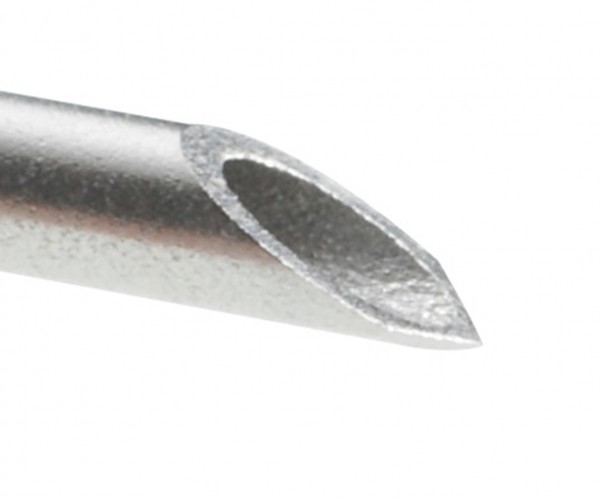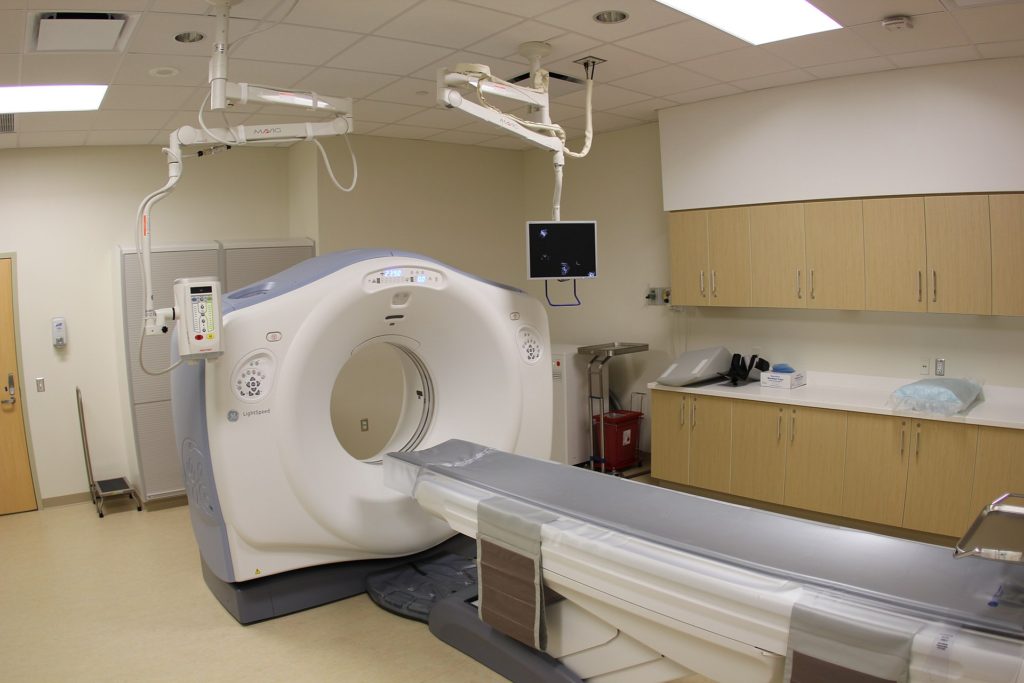See one. Do one. Teach one.
This is the mantra of residency attending physicians everywhere. It is great when you are talking about sewing up a laceration. Honestly, my grandmother could have stitched much more complicated stitches than I. Once you see one demonstrated to you, you can move on to doing one under supervision. Next, the real learning happens: if you know the procedure enough to teach someone else, then you know the procedure well enough.
But ‘See one. Do one. Teach one.’ breaks down when there is an emergency or the procedure is so unusual that there is no afflicted person on whom to demonstrate. The pericardiocentesis is just one such procedure. This extremely rare procedure is one that most ER physicians will never do in their lifetime. Even so, we all train for it. We talk through the procedure, we review pictures and anatomical drawings, we might even practice on cadavers, but nothing really truly prepares you for when you need to stick a 3 ½ inch long needle into the sack around the heart. And when a patient needs it done, he needs it done right now. There is no time to review the anatomy text or call a friend. You better be ready.

http://www.mycomedical.com/product/sterile-reli-quincke-point-spinal-needles-25g-x-7-orange-3/
Like all Emergency Physicians, I hoped I was ready. In my second year out of training I got to find out. It was mid-morning, usually a slow time in the ER. I got a call from our hospital’s radiologist as I was sitting down to a cup of tea. He was taking care of a patient and could I come over to radiology immediately to help out with a complication? The ER is my home and there is always a measure of trepidation going elsewhere in the hospital. ER docs say with tongue in cheek that radiology is the most dangerous place in the hospital. Our patients go there and we cannot immediately see them to know how they are doing. It is usually dark over there and there are strange noises and it smells weird. And now, I was the one going over there. Where would I be without all my tools?
I was ushered into the CT scanning room and there was a patient on the table. The staff told me that Gerald was a middle-aged man who had a mass found in his lung on an x-ray of his chest. A mass could be anything, so he needed to have a biopsy. He was told the risks and gave consent. He agreed to undergo this biopsy under CT guidance. He was certainly told that the risk of complication was about 20% (Patel, et.al.; A rare complication of mediastinal biopsy. Vascular Diseases and Therapeutics, 2:2, 2017.). Most of these are collapsed lung and most are treatable.
The CT scanner, also known as a CAT scanner, is a big x-ray machine that lets us see great detail inside the body. Using the CT, the radiologist can guide the needle into the area needing a biopsy.

Shortly after the biopsy was performed, Gerald reported feeling ill. The CT technician checked his blood pressure and it was low. The radiologist performed a quick repeat CT scan and found fluid in the sac that covers the heart, the pericardium. He was going to die without help.
Gerald and Risk
Gerald had a bad diagnosis: a mass in the chest. It was likely cancer but uncertain. If allowed to grow, it likely would have killed him. There was a test that could possibly help him, but might hurt him. We think of risk as a yes or no thing, but it really is a measurement. It has a probability and a magnitude. Risk isn’t good or bad, it is a way of helping to determine if you should do something or not. We call it taking a risk.
Gerald was going to take a risk either way: if he didn’t have the biopsy he risked having undiagnosed (and untreated) cancer, but if he did have the biopsy he risked having bleeding, collapsed lung, infection, and a host of other complications. But that wasn’t the whole story for Gerald. These complications are meaningless without an understanding of the likelihood they will happen (probability) and the magnitude of the problem (a collapsed lung is easier to treat than a serious infection) if it happens.
You and Risk
Your cousin told you not to invest in real estate because he had a tenant once who peed on the carpet. He says investing is too risky. But you know better; you are able to look at the probability of the problem and the magnitude of the problem. Sure, tenants can pee on carpets, but if you screen them well, they usually are housebroken, so the probability is very low. You don’t always have to replace the entire carpet for a urine stain. You can get a carpet cleaned for less than $500 depending on size. The magnitude of this problem is low or medium. Really, this particular concern is low risk.
Don’t let carpet stains stop you from investing.

